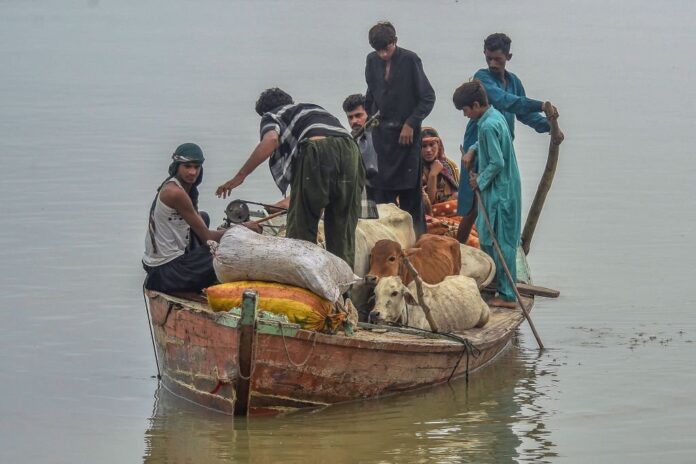ISLAMABAD: While the impact of historic flooding in the three provinces would be evaluated later, at least 4.7 million people in Balochistan, Sindh and Khyber-Pakhtunkhwa faced food crises during April to June this year, a global report shows.
The mid-year update of the ‘Global Report on Food Crises 2022’ released on Monday shows that around 4.7 million people faced a crisis or worse in the three provinces of the country during April to June which accounts for 26 per cent of the analyzed population.
As per the report this figure included over one million people in emergency and reflected the impact of high food and fuel prices on poor households, as well as drought conditions in rain-fed areas of Balochistan and Sindh.
This late-2021 analysis did not account for potential effects of the war in Ukraine or the August 2022 flooding, explains the report, released jointly by the Global Network Against Food Crises (GNAFC) and Food Security Information Network. (FSIN). GNAFC is founded by the European Union, FAO and WFP while FSIN was founded by FAO IFPRI and WFP.
Pakistan is experiencing a growing debt crisis and significant currency depreciation, and food inflation reached an all-time high of 26 percent, reducing households’ purchasing power, the report mentioned.
By mid-2022, the population facing the three highest phases of acute food insecurity was greater than at any point in the six-year history of the global report on food crises. (GRFC). According to the mid-year update, the number of people in crisis or worse or equivalent – that is the number of people requiring urgent humanitarian assistance – is forecast to reach up to 205.1 million in 45 of the 53 countries or territories included in the report that was published in May this year.
For these 45 countries, the data included in the mid-year update represents an increase of up to 29.5 million people between 2021 and 2022 despite many populations in food crises receiving humanitarian and development assistance, suggesting that needs continue to surpass current support and capacities.
In order to capture the total number of people facing acute food insecurity globally, this Mid-Year Update emphasizes the need to continue expanding reliable analyses in a broader set of countries.
The increases in the acutely food-insecure population are mainly the product of a combination of conflict, successive and sustained economic shocks, and weather extremes that adversely impact food security at the national, regional and global levels.
In 2022, the acute food insecurity crisis across the Horn of Africa continued to worsen as a result of an unprecedented multi-season drought, which began in late 2020, combined with conflict, displacement, and macroeconomic shocks.
They lack the capacity to expand social protection and other means to support vulnerable populations. In addition, many are witnessing high general price inflation further eroding the purchasing power of affected populations.























